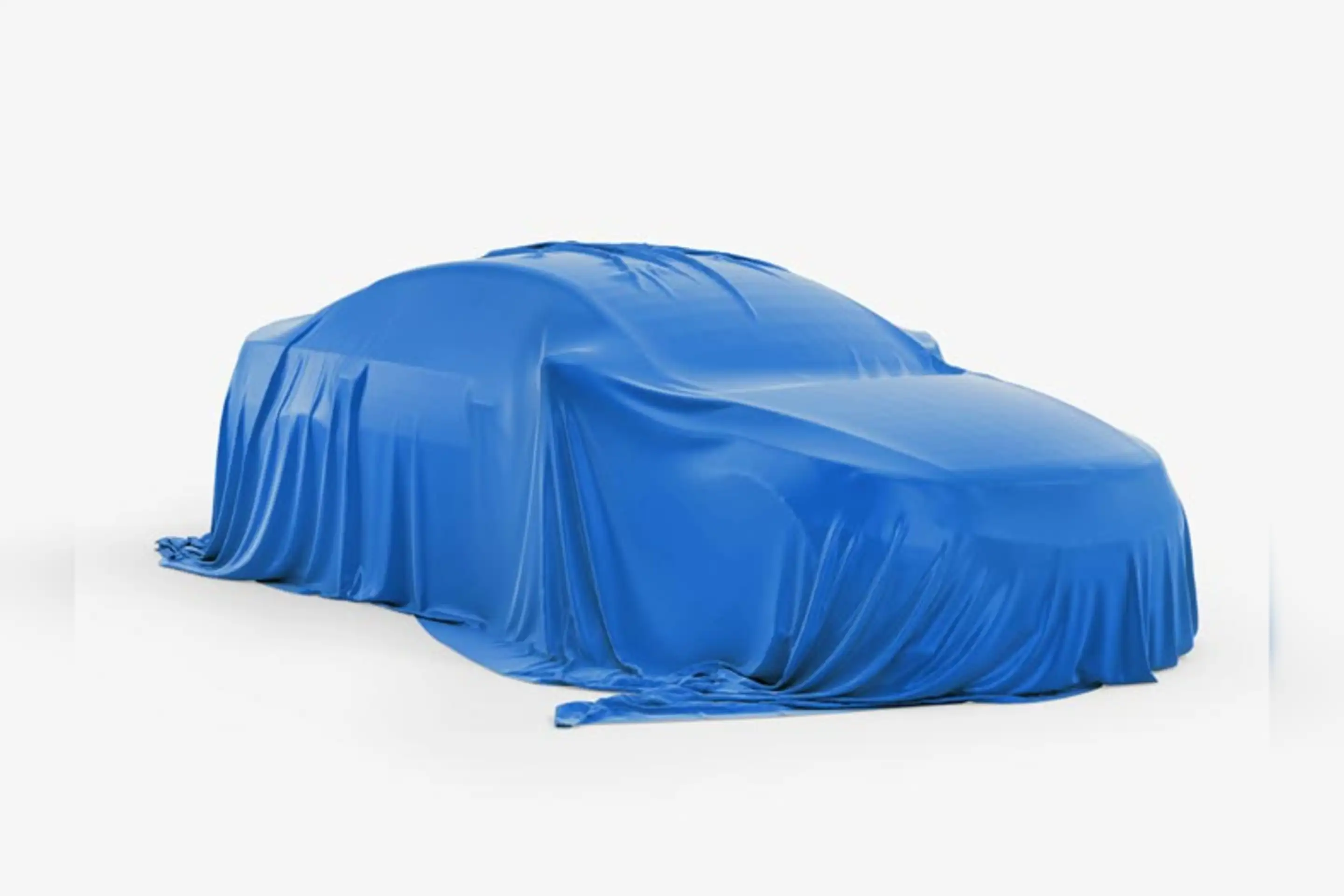
Skoda is celebrating 20 years of being the Tour de France ‘red car’ – leading the pack for the most famous cycling race in the world.
Used by the Direction Generale race director, all three generations of the range-topping Skoda Superb have served as the red car.
For the past two years, the plug-in hybrid Skoda Superb iV has been joined by the all-electric Skoda Enyaq iV.
They head a fleet of more than 200 Skoda support vehicles supplied to the Tour de France race every year.
Skoda’s records show that, over 20 years, its red cars have covered a remarkable 41,000 miles leading the pack, over a total of 420 stages.

How does Skoda modify its cars for the Tour de France?
Skoda began supporting the Tour de France in 2004, with the first-generation Superb. Thanks to its long wheelbase and limousine-like rear legroom, it was an instant hit with then race director Jean-Marie Leblanc.
Custom options included a rear sunroof, through which he could stand and direct the cyclists behind, and bespoke roof rails matching the curve of the Superb’s roof.
The car also had a makeshift desk – and an extra air-conditioned centre console designed to hold a bottle of Champagne and two glasses. Finished in Corrida red, it was powered by a 130PS 1.9-litre TDI diesel engine.
The second-generation Skoda Superb arrived in 2008. The custom features were better-designed and an even more spacious rear seat was an ideal venue for celebrities including Tom Cruise, Prince Albert of Monaco and Ben Stiller.
What engines do the Skoda red cars use?
The third-generation Skoda Superb, now powered by a 190PS 2.0-litre TDI, arrived in 2016 – and was replaced by the petrol plug-in hybrid Skoda Superb iV in 2020.
“The hybrid system allows me to run in electric model between the Fictive Start and the Real Start of each stage,” said former cyclist Gilles Maignan, who now drives the race director’s car.
“I think this is appreciated by the riders who have to stay right behind the car on this section of the race.”
A purpose-built Skoda Enyaq iV, the first EV red car, also arrived in 2020. It has two additional batteries in the boot floor, to power all the additional onboard equipment, so as not to impact the car’s driving range.
The Skoda Enyaq iV has been used as the main race direction vehicle since 2021, with the Superb iV used for some mountain stages.
With a new 2024 Skoda Superb on the horizon, we can expect this to become a common sight at the front of the peloton at next year's Tour de France.

To show how the Tour de France red cars have evolved over the past two decades, Skoda recently brought all five generations together in the UK for a special ride-out.
“Skoda is an important partner and plays a key and obvious role in the organisation of the Tour de France due to the fact that it an event where we are almost constantly on the move,” said race director Christian Prudhomme.
“Car number 1 is my office for each stage. I can spend anywhere between two to nine hours there… I spend a large portion of the month of July in the back seat of a Skoda.
“We collect our feedback and share with with Skoda so they can best adapt, if needed, their vehicles for the very specific usage that we have on the Tour de France.”
And this, in turn, helps improve Skoda vehicles for keen cyclists everywhere.
Five models of Skoda have been Tour de France red car: the Skoda Superb Mk1, Mk2 and Mk3, the Skoda Superb iV plug-in hybrid, and the Skoda Enyaq iV electric SUV.
The first three Skoda Superb red cars were diesels. Today, both plug-in hybrid petrol and pure electric Skodas are used instead.
When he's not shouting instructions out the sunroof to the riders behind, the race director sits in the rear seat behind the driver. VIPs sit in the rear passenger seat.
Find your perfect used car
Whether you're looking for an automatic car, an SUV or even a campervan, we've got the used car for you

